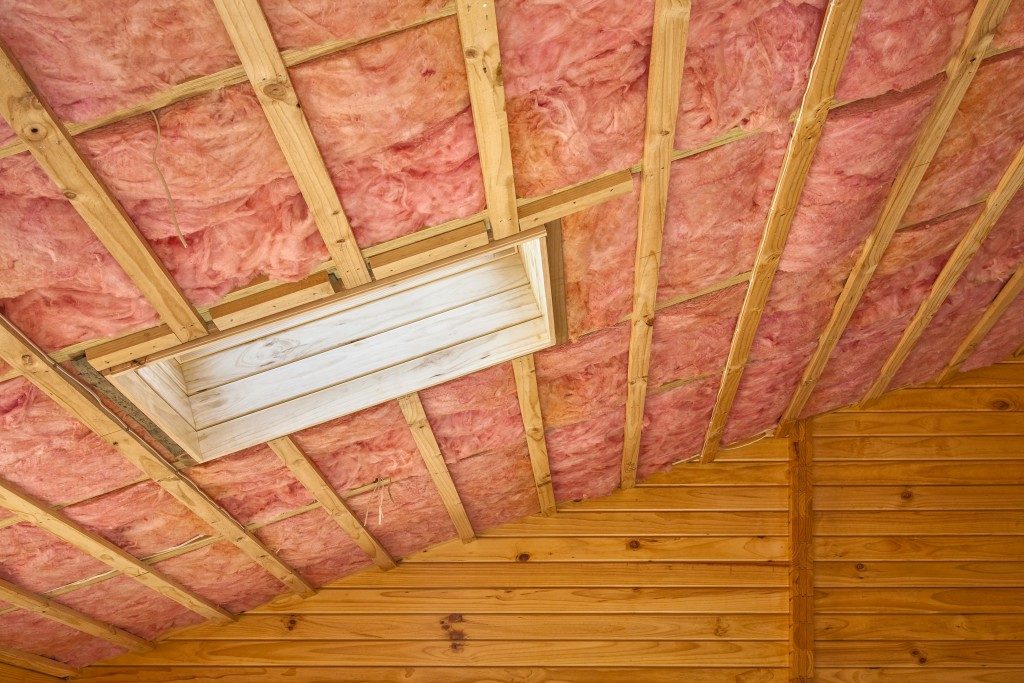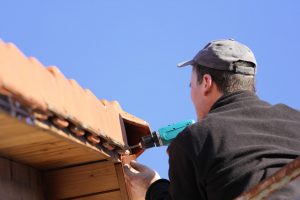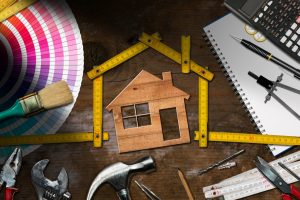Hot air will rise while cold air sinks. As you spend a significant portion of your household budget on indoor heating, most of the heat in your indoors can be lost in the attic if appropriate measures are not taken to insulate this area of your home.
Other than the loss of energy, the warm air will condense in your attic and cause the rotting of its wood and sometimes the growth of mold. Although almost everyone has gotten home insulation contractors in Houston, TX, for their attic insulation, few are reaping the full benefits of insulating their attics.
This is primarily because they settle for anyone touting as having the skills and materials for attic insulation. As such, they miss a crucial step in their attic insulation; the preparation of the attic. The following are the components of an attic preparation service before insulation.
Air Sealing
There are different wires, pipes, and implements installed in your attic. During their installation, contractors will bore holes and cut into your walls to allow their passage into your interiors.
Over 30% of the warmed air in your home is lost through these gaps, holes, and cracks in your attic even when the insulation material is installed correctly. Air sealing encompasses the use of expanding foam, caulk and other sealants which block the cracks and holes in your attic.
Installation of Attic Ventilation Baffles
Your attic needs to have adequate ventilation to prevent the accumulation of moisture and heat, which can cause rotting of the wood or, worse, mold. Your contractor will staple Styrofoam ventilation baffles under your attic’s eaves to boost its ventilation.
These baffles are meant to reduce the risk of your insulation material blocking the air circulation in the attic and causing condensation and moisture damage.
Isolation of Heat Sources
Various heat sources typically pass through or are installed in the attic. These include recessed lights, furnace flues, and chimneys. These can get extremely hot reaching up to 300 degrees Celsius.
These heat sources are air sealed using sheet metal, drywall boxes and other types of fireproof materials to isolate their heat. Some contractors opt for high-temperature caulk with fiberglass wrapping for the isolation of heat sources in attics before insulation.
Repair of Electrical Issues

If you have exposed electric cables and other wiring issues in your attic, this can be the weak points, which contribute to fires when sparks touch your insulation. Insulation contractors will carry out electrical repairs or contract an electrician for them. This guarantee’s your attic’s electrical wiring is safe and up to code thus minimizing the risks of electrical fires.
For most homeowners, attic insulation means buying the best material and getting a few hand tools to stick it to your attic. An unscrupulous ‘’installation expert’’ can take advantage of your lack of knowledge to carry out a shoddy job.
Get the best installation expert for your attic so that all the necessary steps are followed to guarantee your insulation material delivers its highest R-value. Opting for the cheapest contractor or DIY installation only leaves you with useless insulation and counting numerous lost cash in wasted energy.






